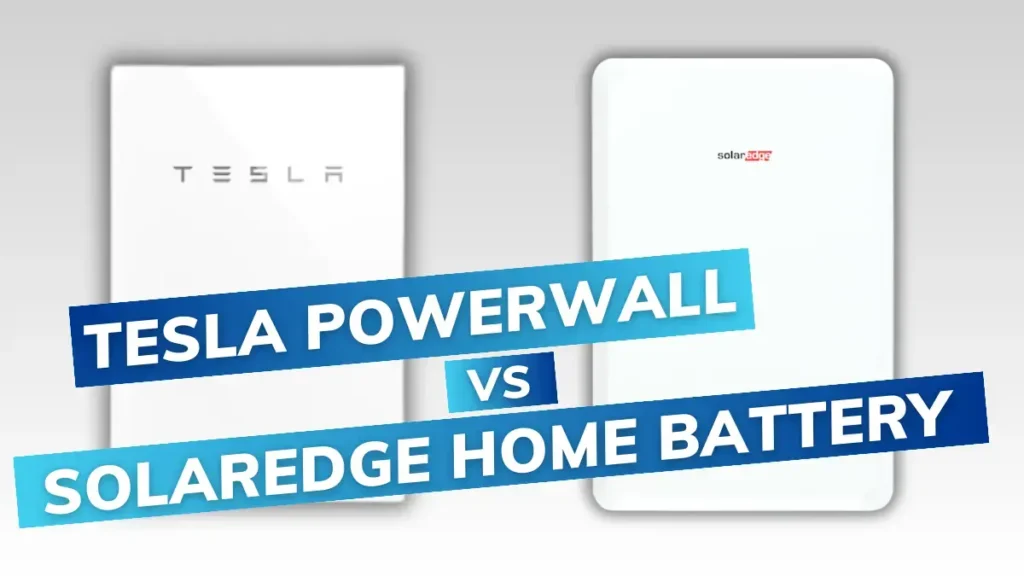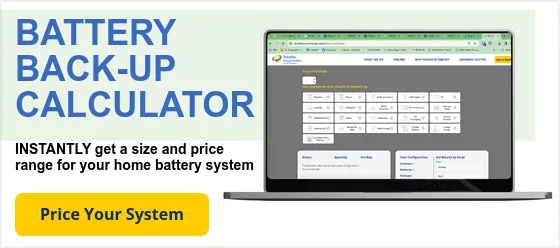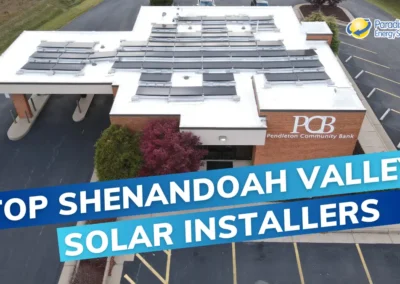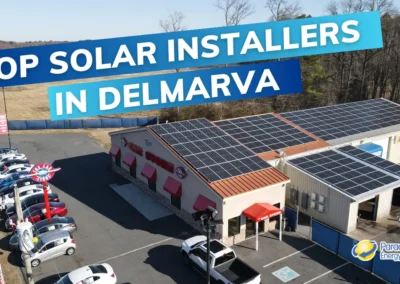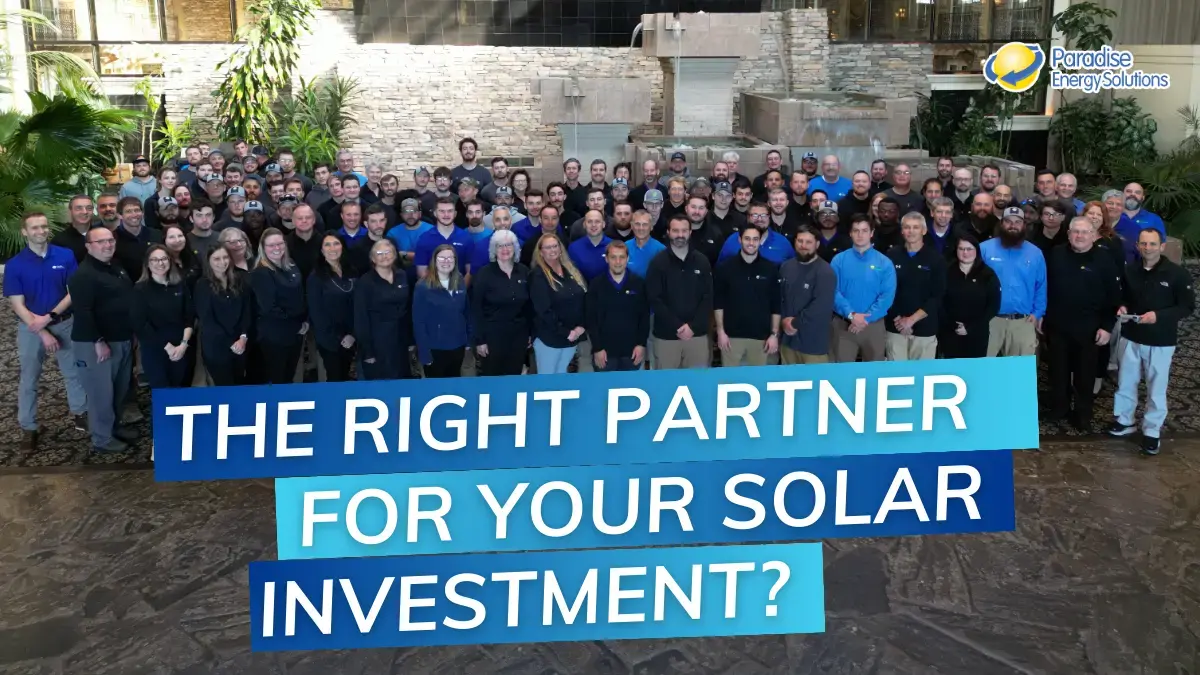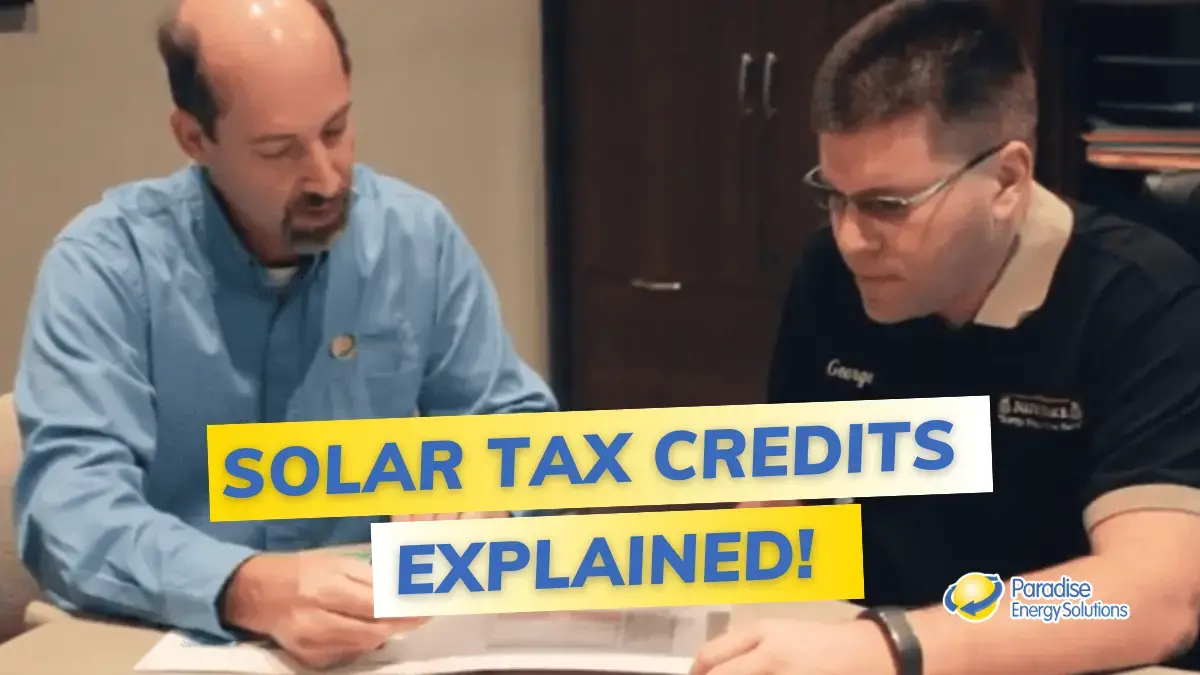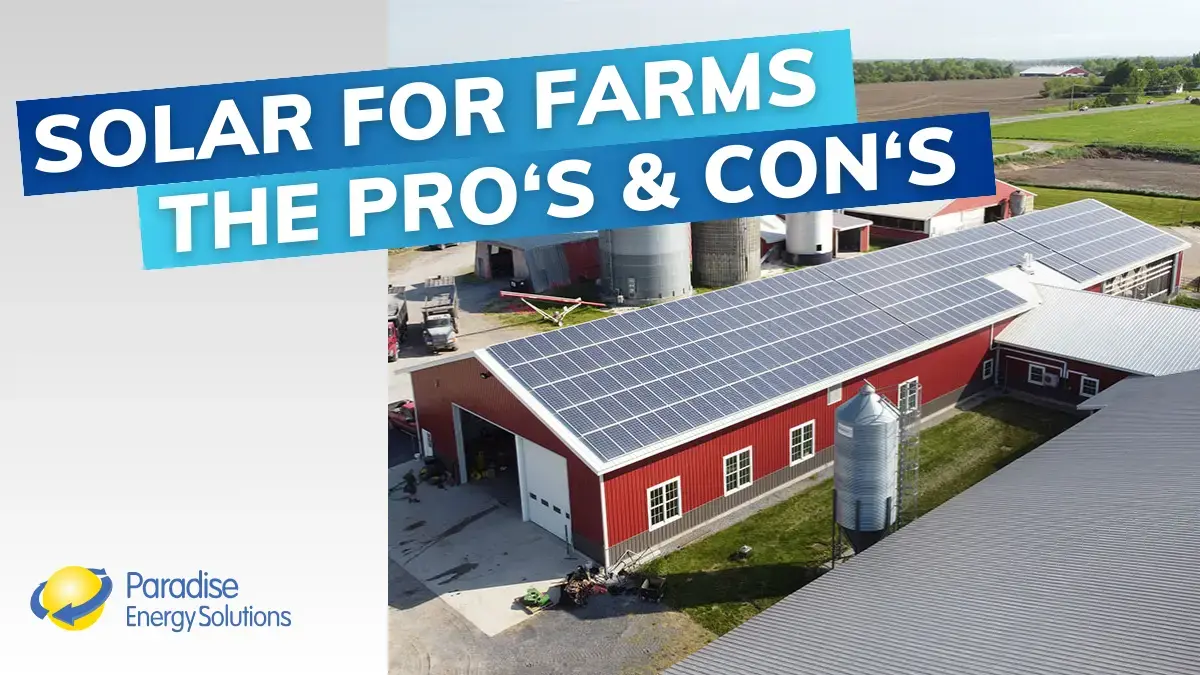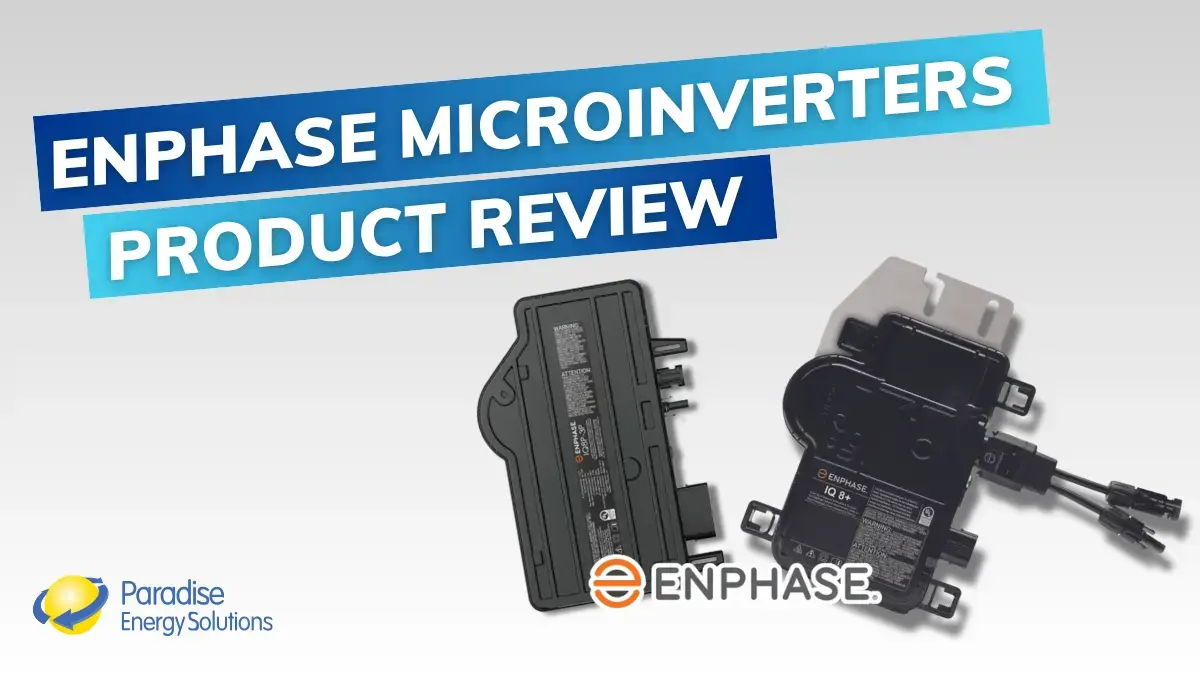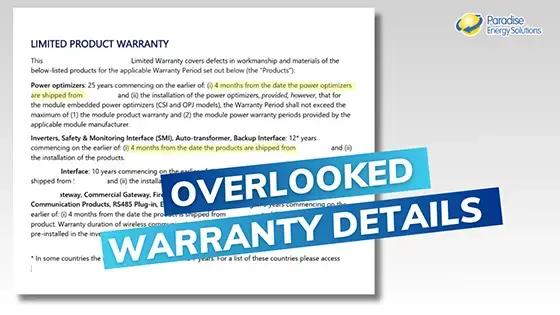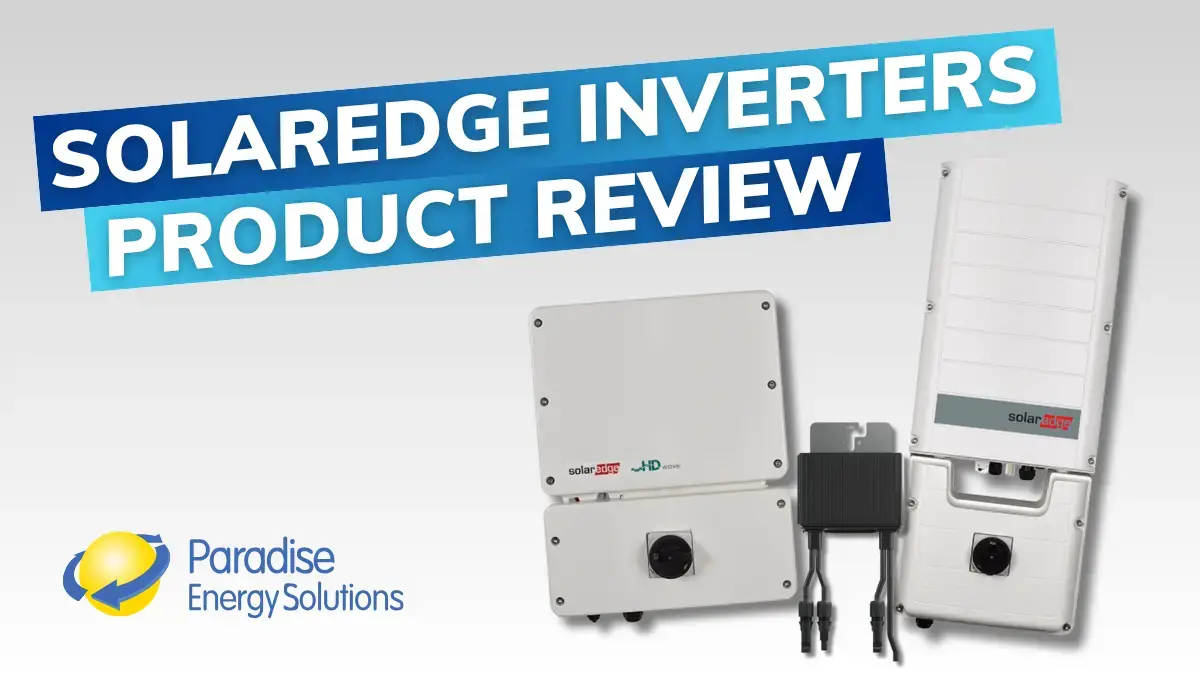Tesla Powerwall and the SolarEdge Home Battery (previously known as SolarEdge Energy Bank) are two of the most popular solar batteries for homeowners on the market today. Both can provide backup power to your essential loads in the event of a power outage. But which one is better for you and your system?
That all comes down to what you need and what you already have. In this blog, we’ll touch on the key areas of comparison so you can make an informed decision about which solar battery is best for you.
Equipment
Both the Tesla Powerwall and the SolarEdge Home Battery are lithium-ion batteries. These long-lasting and dependable batteries have been a popular energy storage option for years. Both are backed by 10-year manufacturer warranties and require little to no maintenance over the course of their life.
However, each battery works a little differently. The Tesla solar battery is an AC-coupled battery, and the SolarEdge Energy Bank is a DC-coupled battery.
AC-Coupled Batteries
Essentially, AC-coupled batteries like the Tesla Powerwall combine an inverter and solar storage into one piece of equipment. The upside to AC-coupled batteries is they’re much easier to add to an existing solar system. You won’t need to install a new inverter specific to the battery; most inverters on the market today will work fine. But they do have a downside — they’re less efficient.
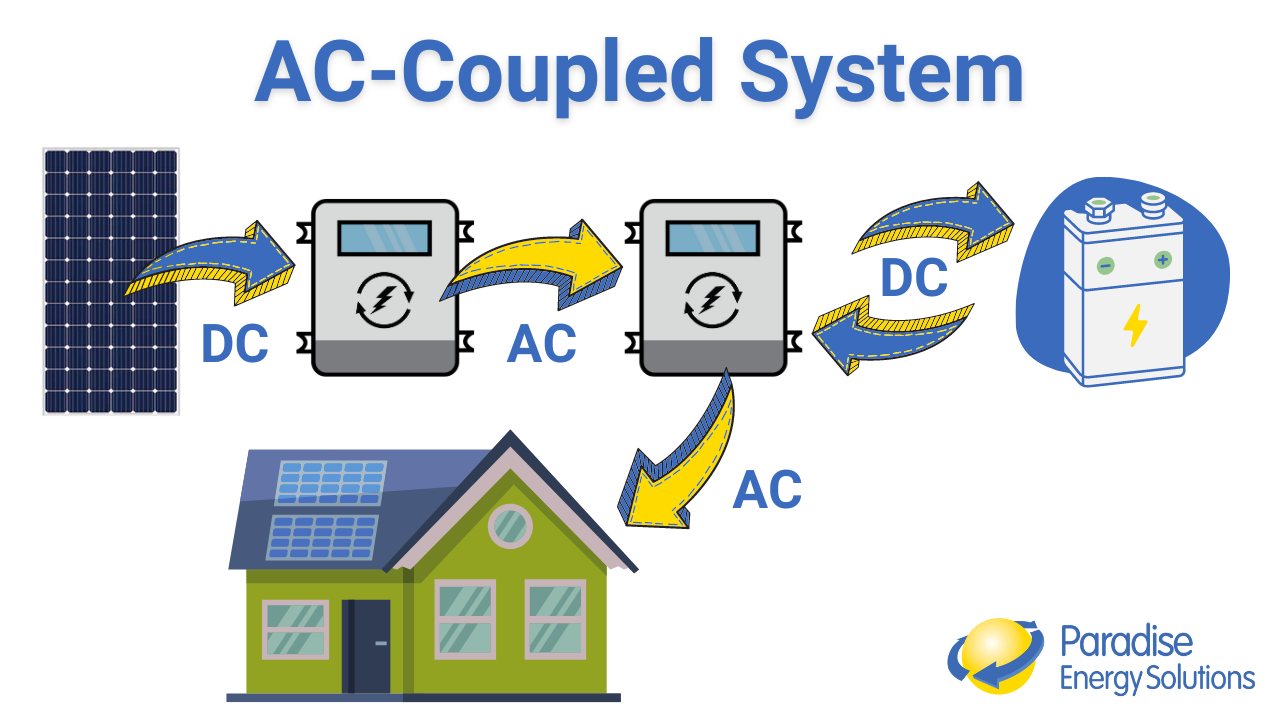
AC-coupled batteries require an extra DC to AC conversion through which a small amount of electricity is lost. Your solar panels generate DC electricity. Your inverter(s) converts the DC electricity to AC electricity, but in order to be stored in the battery, it needs to be converted back to DC energy. Then, once the stored energy in the battery is ready for use, it’s converted once again to AC electricity.
DC-Coupled Batteries
With DC-coupled batteries like the SolarEdge Home Battery, the DC-to-AC conversion only happens once, making them more efficient.
That said, DC-coupled batteries require a compatible solar inverter that’s separate from the battery unit. If you plan ahead for your battery storage, adding a DC-coupled battery can be easy. But if not, you may have to replace your inverter with one that is compatible with the batteries.
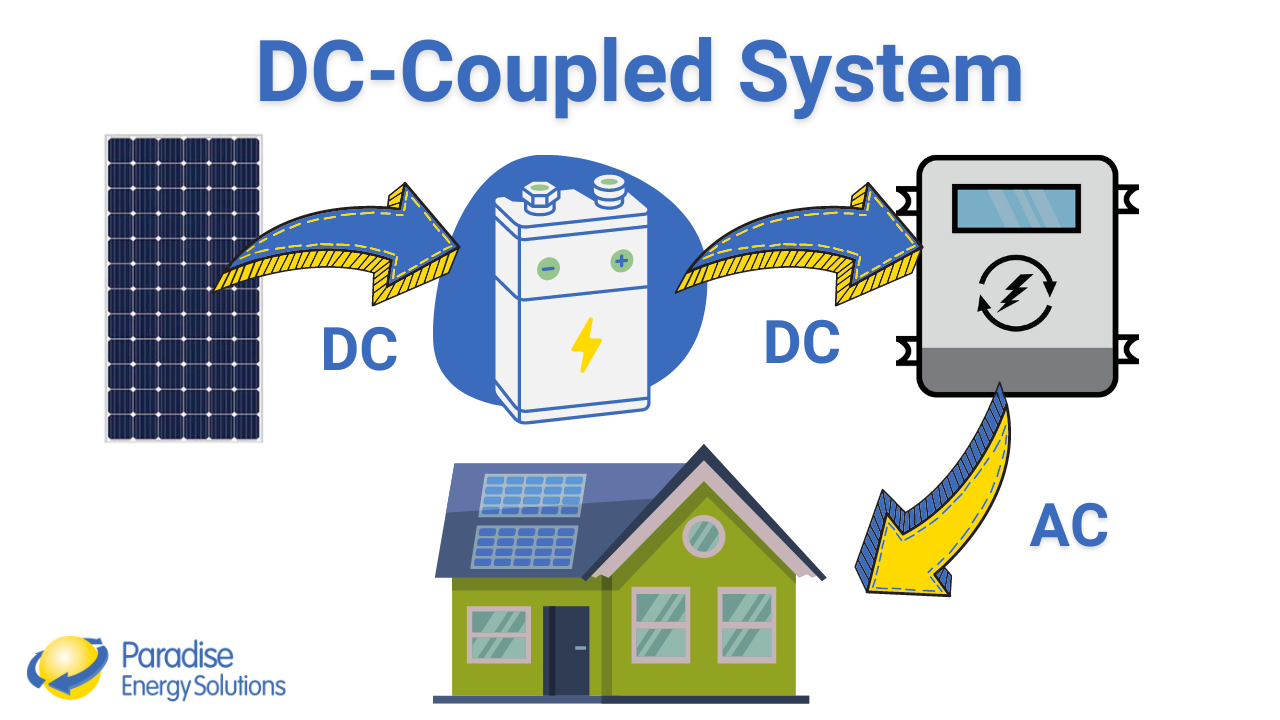
If you install batteries at the same time or 1 to 2 years after your solar system, install a SolarEdge inverter compatible with their battery system.
Performance & Specs
There are three main metrics to look at when comparing the performance of a battery: energy capacity, continuous power, and peak power.
Energy Capacity
Energy capacity is how much electricity the battery can store with each charge. Tesla’s Powerwall comes out on top with 13.5 kWh of usable energy capacity, compared to SolarEdge’s 9.7 kWh.
If you’re interested in backing up a significant amount of appliances and devices with your battery system, you can install more than one battery.
Continuous Power
Continuous power measures how much electricity a battery can provide once a device is started. Both Tesla’s and SolarEdge’s batteries can provide 5 kW of continuous power each.
As a general reference, this typically covers loads like lights, a refrigerator, TV, and other smaller appliances. Electric ovens, dryers, and HVAC systems likely wouldn’t work with one battery due to continuous and peak power limitations.
Peak Power
Peak power measures the most electricity a battery can supply for a specific period of time. This typically comes into play when your battery-backed-up device first turns on. Tesla’s battery provides 7 kW for 10 seconds. SolarEdge’s battery offers slightly more at 7.5 kW of power for 10 seconds.
Availability & Service
Current market conditions have many solar installers struggling to secure Tesla Powerwalls for their customers. With low availability, these may not be the most practical option for energy storage. However, SolarEdge has been able to keep up with recent demand, meaning the Home Battery could be easier to get your hands on.
Once installed, you can expect relatively good things from SolarEdge’s customer service. Tesla’s customer service can be more of a challenge with long response times.
Pricing & Incentives
Solar energy storage pricing has come a long way in the past years. While we’re still a ways from backing up an entire home for several days, what was once a luxury is now relatively accessible for many homeowners.
The Tesla Powerwall is a good, affordable option for energy storage. They’ll typically cost less than a SolarEdge Energy Bank. However, securing a Tesla battery can be its own challenge.
One of the most attractive incentives for those looking to invest in solar batteries is the 30% tax credit that is currently available. This credit can significantly reduce the upfront costs of purchasing and installing a solar energy system.
Another future pricing factor to consider is the country of origin. The Inflation Reduction Act (IRA) of 2022 features several cost-saving incentives for solar. A portion of these incentives is dependent on purchasing American-made solar components, which include energy storage.
Tesla has been producing solar equipment in the United States for several years, meaning you could save more on a Powerwall through the Amercian-made 10% tax adder.
SolarEdge does not currently manufacture in North America, however, that could change in the future. With the United States government getting serious about incentivizing and supporting American-made solar components, we could see them move into the United States.
Battery Lifespan & Warranty
An important factor in choosing the right battery for your home is making sure you understand the lifespan and warranty of each product.
According to Tesla’s website, The Powerwall offers different terms depending on the application used.
When utilizing the “solar self-consumption/back up only” application you qualify for an unlimited cycle warranty. This ensures that your battery will maintain a minimum capacity of 70% after 10 years of usage.
For all other applications, the Powerwall’s capacity will gradually decrease to 70% either after 10 years or upon releasing 37.8 megawatt-hours (MWh) of AC electricity, whichever occurs first.
SolarEdge has a more upfront warranty, guaranteeing at least 70% of its initial capacity after 10 years, with unlimited cycles. Meaning, you can charge and recharge your battery as many times as you’d like within that 10-year period.
Which Solar Battery is Better?
Tesla’s Powerwall and SolarEdge’s Home Battery are both popular options for backing up your solar energy system. Choosing the one that’s best for you comes down to your specific goals, needs, and solar system.
To sum things up, Tesla Powerwall is a good option for those looking to add batteries to an existing system. It includes both a battery and inverter at an approachable price that can easily be installed. It also has a great storage capacity of 13.5 kWh. That said, these batteries can be hard to come by, and customer service may be lacking.
If you’re looking to install a new system, SolarEdge Home Battery could be a better option. You can opt for the SolarEdge inverter and install your batteries at the same time or a few years after. These batteries are fairly easy to come by and while more expensive than the Powerwall can still be affordable.
